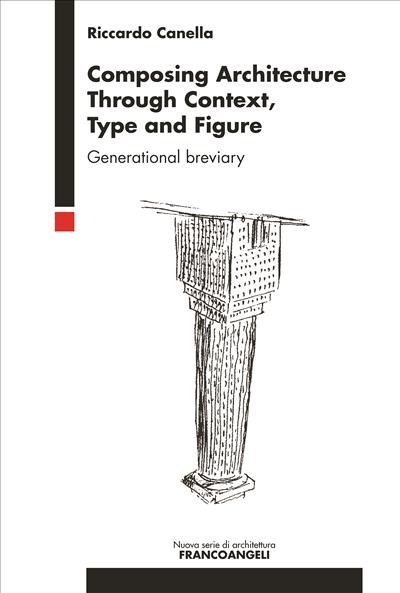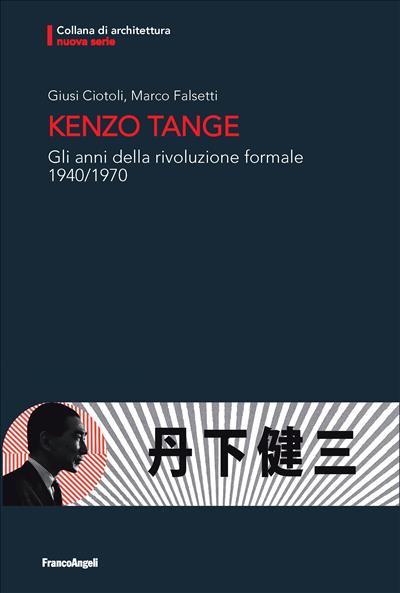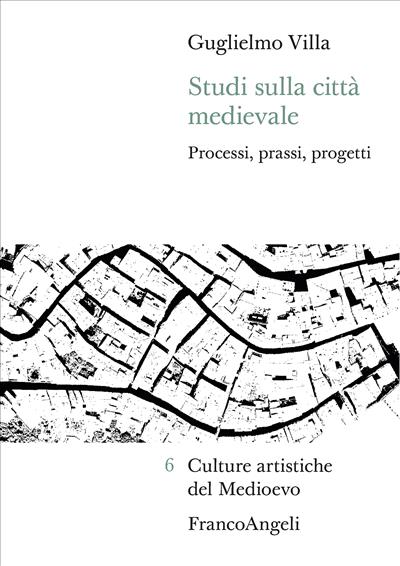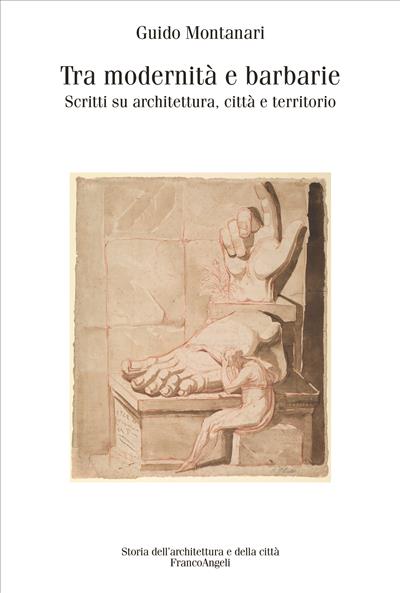
Composing Architecture Through Context, Type and Figure
Generational breviary
Riccardo Canella offers an empathetic, emotionally resonant, and partisan point of view, yet one that is neither sectarian nor bigoted, navigating through all the critical phases of modern architecture’s emancipation. His work suggests that the advent of a self-aware, critical modernity capable of addressing contemporary challenges may not have overcomed, drowned in its own outmoded presumption and failures, but is still yet to arrive (from the Foreword by Davide Borsa).
Pagine: 140
ISBN: 9788835163619
Edizione: 1a edizione 2024
Codice editore: 1098.2.82
Disponibilità: Buona
Pagine: 140
ISBN: 9788835176602
Edizione:1a edizione 2024
Codice editore: 1098.2.82
Possibilità di stampa: No
Possibilità di copia: No
Possibilità di annotazione: Sì
Formato: PDF con DRM Readium LCP




